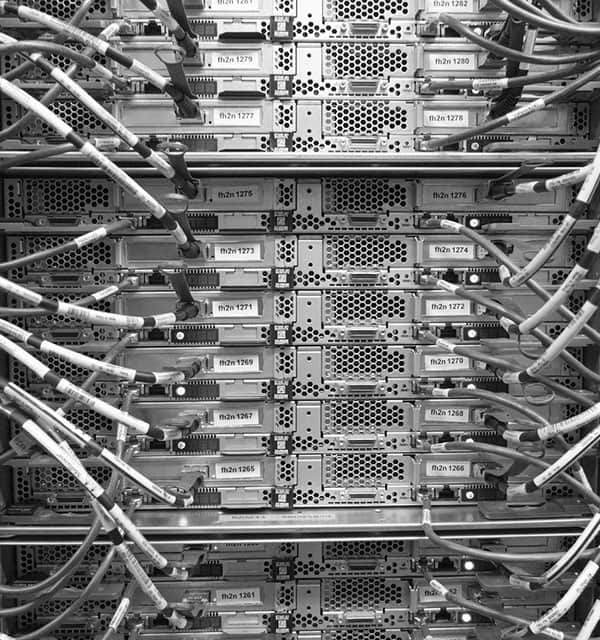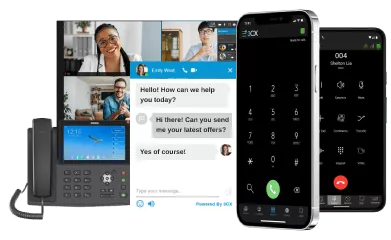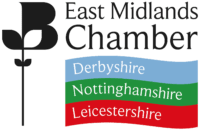But how do you choose the right broadband connection for your business?
There are several different options available when it comes to choosing a data connection. It is important that you know how internet critical your business is before you decide because this will determine the investment you need to make to best suit your business needs.
The two most popular business data connections are Ethernet First Mile (EFM), and Fibre to the Cabinet (FTTC). The general consensus, when it comes to reliable and consistent data connection is that the more fibre, and the less copper, the better.
However, this is not entirely true when it comes to EFM. An Ethernet First Mile connection can offer big benefits at a fraction of the price, especially for small to medium-size businesses, and therefore it is important to examine the merits of this all copper data connection. But first, let’s look at Fibre to the Cabinet (FTTC).
1 – What is FTTC broadband?
Fibre to the Cabinet (FTTC) broadband connection is a blend of copper and fibre optic cables. Fibre to the Cabinet uses fibre optic cables right up to the street cabinet, and then a copper line (telephone), known as a PSTN line, to connect the cabinet to the premises, be it your home or your business premises.
How does FTTC work?
The end user is given a router from the internet service provider (ISP), which enables them to receive this superfast broadband, also known as Fibre Broadband. Although copper is a slower medium for data transfer, because the distance between the street cabinet and the end user is relatively short, this means that there is no noticeable change in the connection quality.
Advantages and disadvantages of FTTC?
Because of the copper/fibre optic blend, Fibre to the Cabinet (FTTC) is less expensive to install and is often used as a more economical substitute to the Fibre to the Premises (FTTP) fibre optic solution. FTTP is a pure fibre optic cable connection all the way from the exchange to the premises and it carries a much heftier price tag.
The reason Fibre to the Premises (FTTP) data connection is expensive is because it is custom made to order for your business, whilst most cabinets around the UK can now offer FTTC services on the net.
However, it is important to note that a Fibre to the Cabinet (FTTC) data connection is not built for the long haul, and it is still a contended broadband service, which means that at peak times the performance can drop significantly.
Likewise, FTTC does not provide a dedicated connection to your business, or a Service Level Agreement (SLA), for guaranteed uptime and service restoration.
2 – What is EFM broadband?
Ethernet First Mile (EFM) broadband is a low cost leased line internet technology with significant cost savings compared to fibre leased lines.
It is a more affordable means of achieving guaranteed symmetrical speeds using broadband while providing an Ethernet handover interface. ’Symmetrical’ means that the upload and download speeds are the same. It is also an uncontended service, which means that the bandwidth is dedicated to your business, therefore it does not slow down but remains consistent throughout the day.
How does EFM work?
The data connection is delivered via multiple copper telephone lines, usually bundled into pairs, to supply a single symmetric service, which makes this connectivity extremely resilient because if one pair should fail, the others remain live.
Even though this data connectivity is delivered over copper pair wires rather than fibre, Ethernet First Mile is one of the highest quality business grade connectivity services currently available in the UK. It offers leased-line quality connectivity making it an ideal choice for SMEs (Small to Medium Enterprise).
Advantages and disadvantages of EFM
The biggest advantage of Ethernet First Mile connectivity is cost. As a general rule of thumb, depending on location, EFM connections will be cheaper to install than pure fibre optic connections.
Another important advantage is that EFM is a completely dedicated service, which means that the bandwidth remains consistent throughout the day, not compromising business productivity.
Because Ethernet First Mile offers a business grade connectivity service, it is backed by a strong Service Level Agreement (SLA), giving you peace of mind over guaranteed consistency in data connection, and quick restoration response should the system falter.
3 – So should I choose Ethernet First Mile or Fibre to the Cabinet?
An important factor when it comes to choosing the right connectivity for any business is to consider how heavily a business is reliant on data connectivity.
If the answer is, ‘very’, then Ethernet First Mile (EFM) is probably the right choice for your business.
Although EFM is more expensive than Fibre to the Cabinet (FTTC) due to all the benefits it offers in terms of symmetrical bandwidth, uncontended service, guaranteed uptime and SLA, plus some structural work that needs to be factored in at installation, if a business is internet critical, then the investment will be worth it.
Because of these additional costs, EFM may not be the most suitable option for small businesses or home-based businesses, but it is rather aimed at SMEs (Small to Medium Enterprise).















